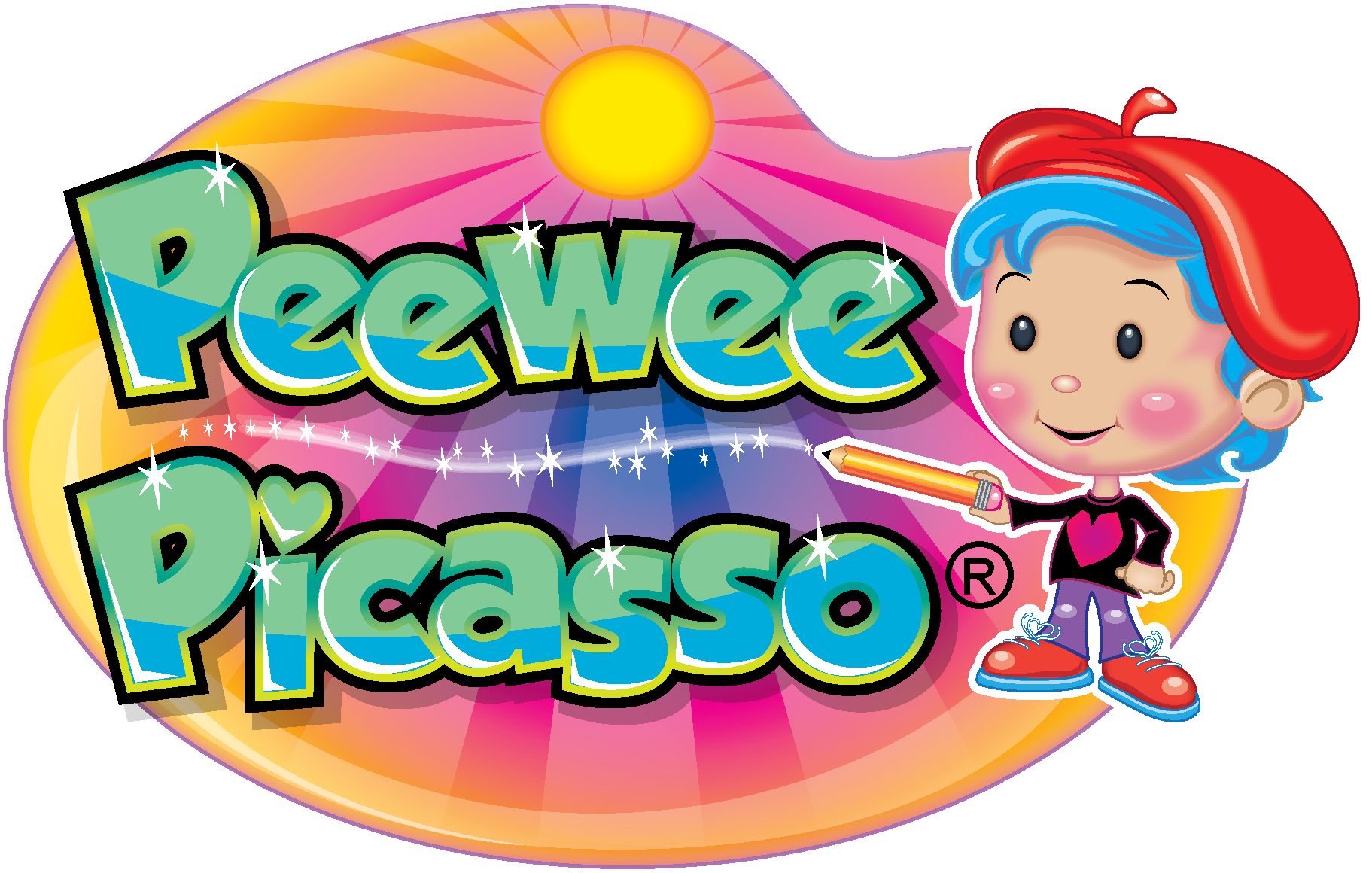You might think building bridges or designing skyscrapers starts in college with graphing calculators and software suites. But in truth, it starts much earlier—on the floor with a pad of paper, a handful of pencils, and a wild imagination. And if you’re a parent wondering whether to encourage drawing alongside screentime, consider the following key insights.
The Spatial Superpower of Drawing
When children draw, especially freehand, they’re not just doodling—they’re developing critical spatial reasoning skills. That’s the mental muscle that helps them understand how parts fit together into a whole, imagine movement in 3D space, and visualize manipulating objects in their minds. These are the very same skills used in architecture, mechanical engineering, robotics, and design.
Studies, such as the one published in Child Development (Uttal, 2013), show that early engagement in spatial tasks—drawing, block building, puzzle solving—leads to stronger abilities in STEM (Science, Technology, Engineering, Mathematics) subjects later in life. Visualization is the bridge between idea and execution, and drawing helps children build that bridge long before they know they want to.
Drawing Is Thinking Made Visible
Drawing activates different parts of the brain than watching or listening. When a child draws a house, they’re processing shape, proportion, structure, and even rudimentary engineering (“How does the roof stay up?”). They’re learning that ideas can be translated into form, and that form can be evaluated, iterated, and improved.
Psychologist Dr. Ellen Winner (Harvard Project Zero) highlights that children who engage in visual arts tend to exhibit more flexible thinking and are better at problem-solving. It’s no coincidence that many successful engineers and designers cite early sketching as foundational to their thinking process.
And guess what? Drawing helps kids explain their ideas with confidence—before they even have all the words.
Screens Flatten; Drawing Deepens
When interaction with the world is filtered through a flat screen, kids lose something. The tactile feedback of pencil on paper, the resistance, the control—these are not replicated on a tablet. Nor is the sense of ownership and permanence.
A 2020 study in Frontiers in Psychology found that handwriting and drawing engaged more areas of the brain involved in memory and understanding compared to typing or screen-based tasks. In other words, when kids draw with their hands, they’re more likely to remember and understand. This is especially important in an era where attention is the rarest commodity.
Confidence by Design
Ever see a kid hold up a lopsided rocket they drew and declare it ready for launch? That’s confidence. And it’s earned. Drawing helps children develop a growth mindset—they see improvement with practice, and they begin to believe in their ability to represent the world, even if their giraffes look like elongated potatoes at first (no offense to potatoes).
And yes, engineers and architects still sketch. On napkins, notebooks, whiteboards. Because nothing beats the speed and clarity of pencil-to-paper ideation.
How Parents Can Support Childhood Optimal Development Through Drawing
1. Encourage drawing without over-guiding. Let them explore. Resist the urge to correct their perspective lines. Even if their dog looks like a loaf of bread.
2. Keep it accessible. Stock paper, pencils, crayons, colored pencils, along with erasers and sharpeners. It doesn’t have to be the fancy stuff or a huge supply. Just enough to let them dive in when the mood strikes.
3. Praise the process, not just the product. “I love that you figured out how to make the roof look like it’s 3D!” goes farther than “That’s pretty.”
4. Connect it to real life. Point out blueprints, architectural drawings, even how furniture is assembled. Let them see that drawing has real-world power.
5. Use tech sparingly. Sure, let them use design software later. But first, let them draw a city made of mushrooms and space elevators. Paper is cheaper than an app, but more importantly, drawing lays a vital foundation for success later in life.
The Future Is in Your Hands Now
Drawing is not just art—it’s cognition, imagination, and the earliest draft of innovation. When a child becomes the kind of adult who figures out how to build a house that cleans itself, rest assured it started long ago with childhood scribblings and an unfettered imagination.
So sharpen those pencils, clear a corner of the table, and let your child show you what their mind can build.
References
[1] Uttal, D. H., et al. (2013). The malleability of spatial skills: A meta-analysis of training studies. *Child Development*, 84(4), 1227–1241.
[2] Winner, E. (2006). Studio thinking: How visual arts teaching can promote disciplined habits of mind. Harvard Project Zero.
[3] van der Meer, A. L. H., & van der Weel, F. R. (2020). Handwriting versus typing: Effects on children’s brain function. *Frontiers in Psychology*, 11, 1810.







